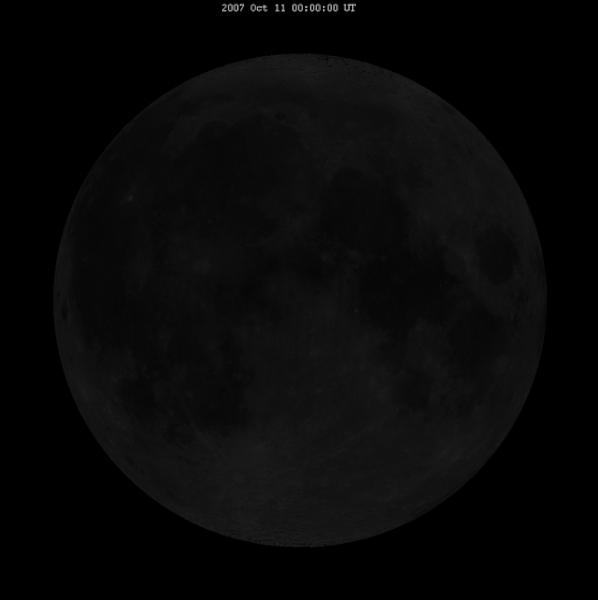 This is the #3 Google image result for the search term 'total recall'. I was sure it would be the first.
This is the #3 Google image result for the search term 'total recall'. I was sure it would be the first.Dear Science, Praise,SORRY FOR MAKING YOU LOSE SLEEP STUART! Good question. What young Science-ling hasn't pondered this very scenario while lying awake at night? Indeed, this very question was asked of NASA in 1997, ten whole years before such modern and thoughtful Science-fiction films as Sunshine ever saw the light of day (lulz, was the Internet even real in 1997??). But don't read that FAQ yet, because here is our sexy PS answer:Recently I have re-watched the movie SUNSHINE. The concept of traveling to the sun in a spaceship still seems to ridiculous to me, but it's a very well-done sci-fi thriller with accurate Science in it. I suggest you see it.However, there is one part that bugs me and I wish for everyone at Praise Science to clarify. In the movie there is a scene where two men are outside the ship for a brief moment without suits. Long story short, one doesn't make it back and his body freezes up like the T1000 (space being around -273 degrees Centigrade). Once he crosses the ship's sunshield threshold, his body incinerates within 1 second. I trust that is accurate.However, I was always under the impression that the human body is shaped under constant atmospheric pressure on the outside, and once exposed to the vacuum of space, will immediately explode or inflate or something along those lines. Therefore, I find the plausibility of a human surviving in space without a suit for longer than .01 seconds highly unlikely.Please do your best to clarify whether the exploding human body is just another Hollywood rumor or whether the Science of SUNSHINE is inaccurate. I'll sleep better.Thank you,
Stu Haury
No, Stu. Your body won't explode in a vacuum. If you really want to jump out the airlock without a suit, you probably have at least 30 seconds to a minute before any "serious" injury occurs. The human body (and its interior systems) has a certain equilibrium between porousness and airtight-ness that allows pressure to escape slowly enough to avoid violent decompression using the regular processes of respiration. Just make sure to breathe out slowly. However, things might get complicated after that short period of time because you can't hold your breath. Retention of oxygen in the lungs during rapid decompression (aka atmosphere to a vacuum, deep water to shallow water, high altitude to low altitude, etc), will lead to "the bends", or decompression sickness (then you die). Additionally, if exposed to the Sun, you will enjoy the pleasant sensation of massive sunburns while simultaneously experiencing rapid frostbite to any exposed skin. So basically, if you want to launch your body into space, do it just like they did it in Sunshine. Here is a clip of the exact scene in question. The movie gets it right on. But don't be that guy. You know, the one who fucked up and is now floating out into the void.
Hope that answers your question Stu. Sorry for lagging. Hopefully you haven't had blast out of an airlock or anything since you asked the question. Also, see Sunshine if you haven't already. It totally rules ass.
